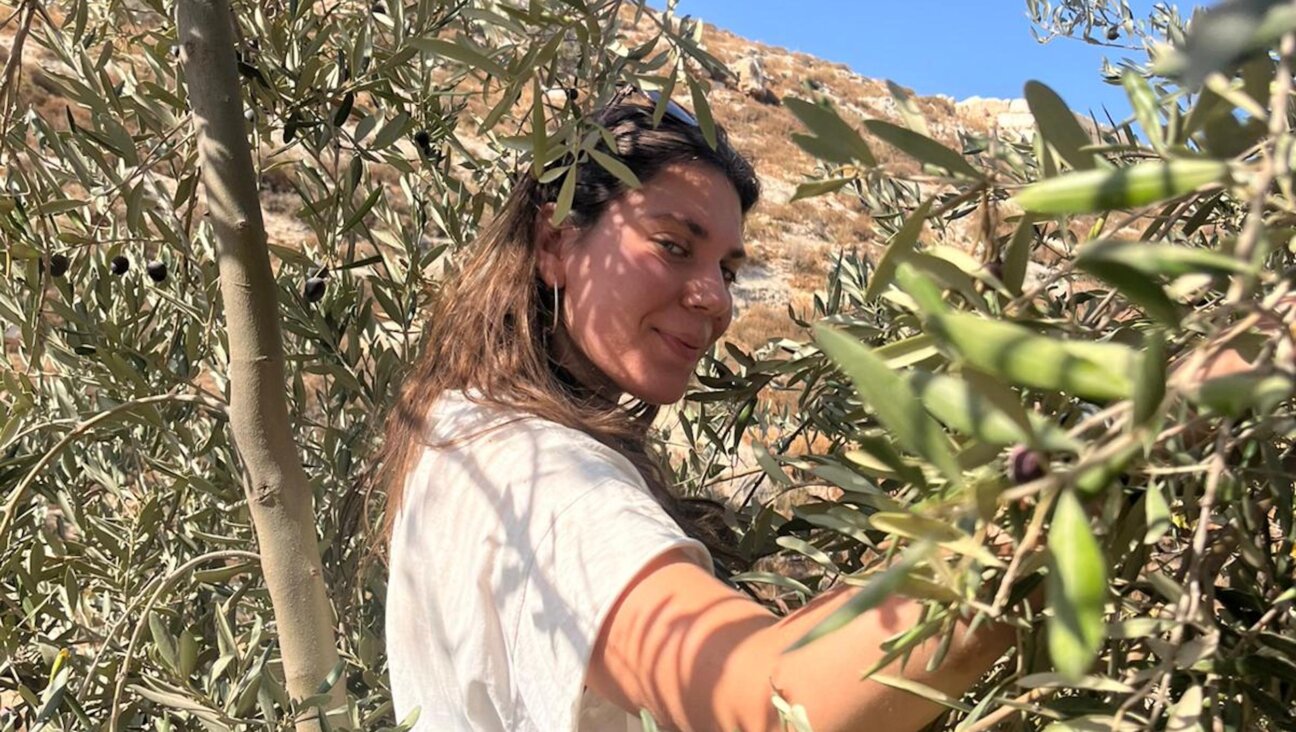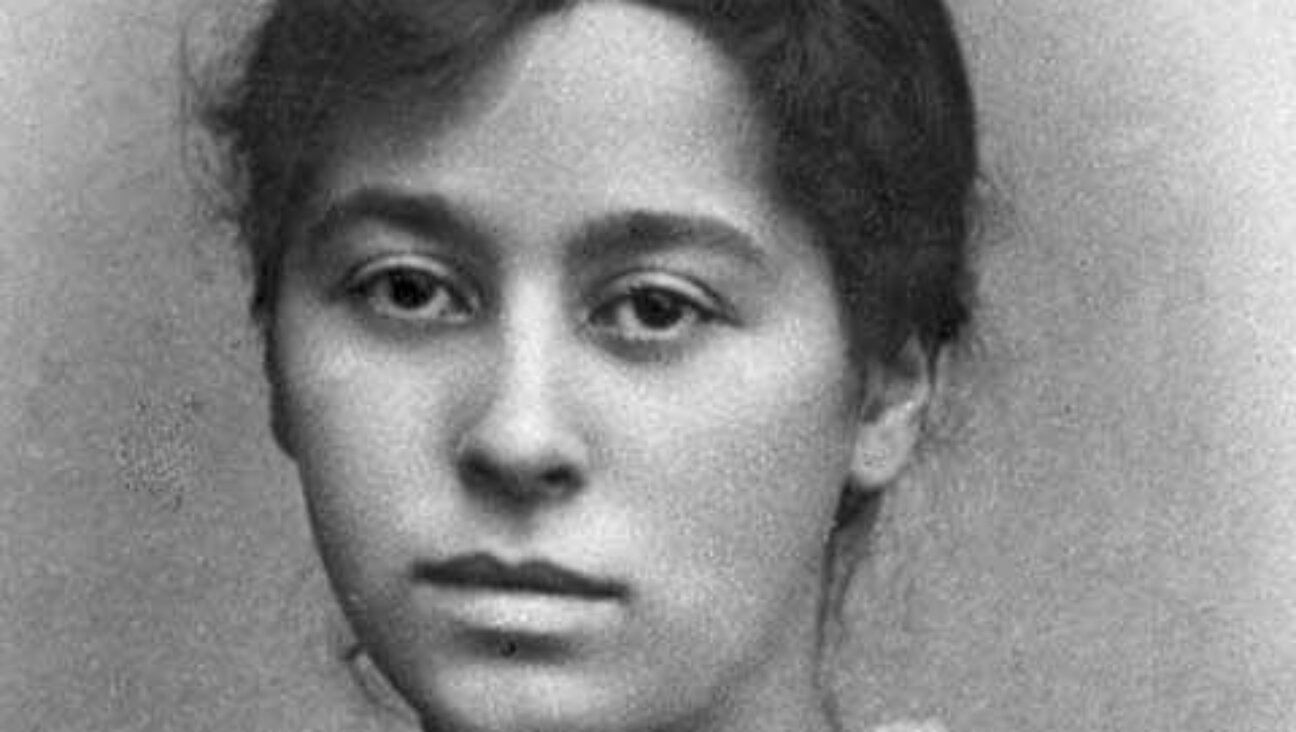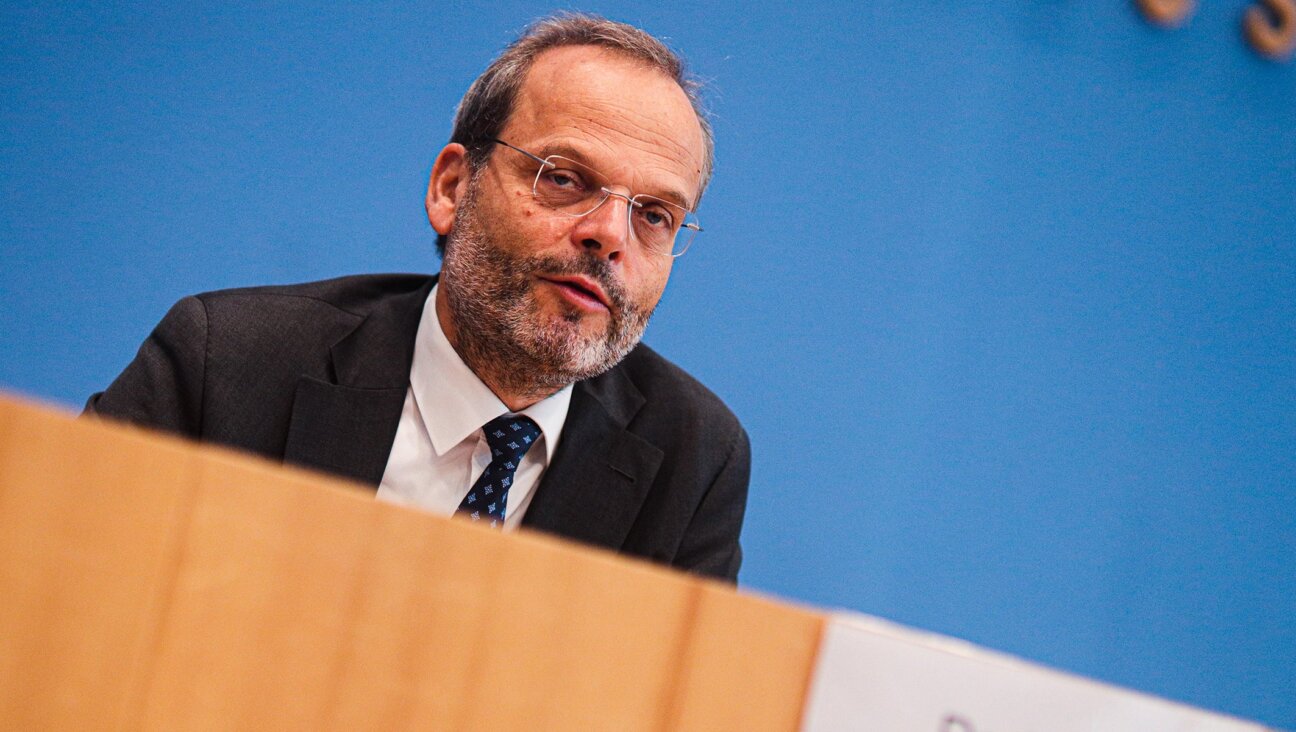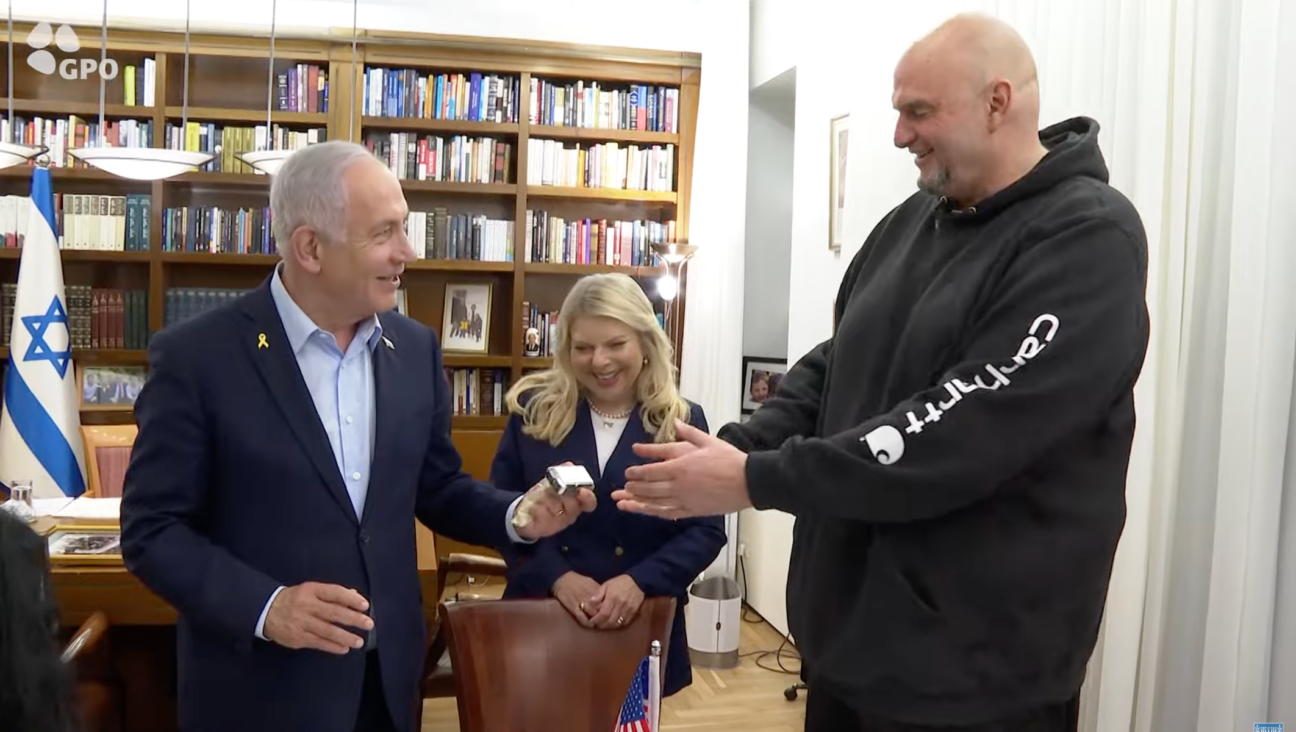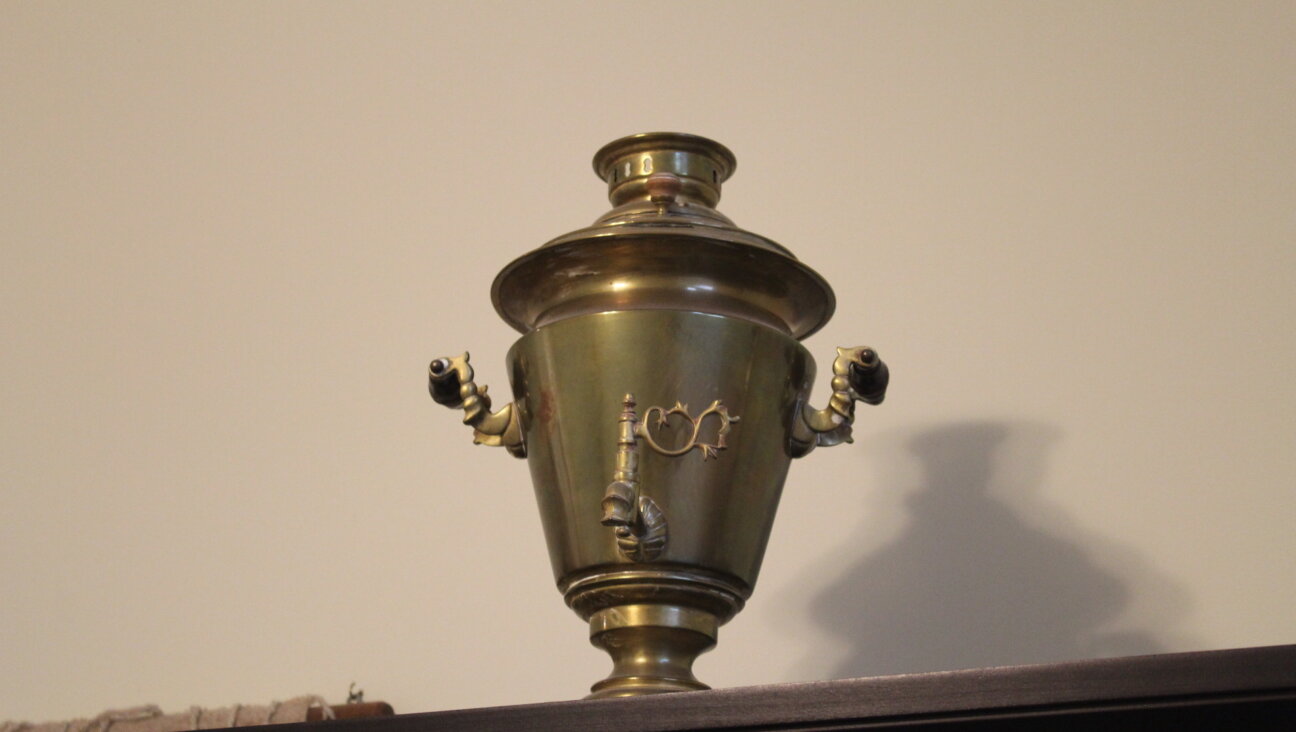On Instagram, Modest Fashion Goes Interfaith

Graphic by Angelie Zaslavsky
Mimi Hecht and Mushky Notik / Courtesy of MIMU MAXI
We are living in an age of unprecedented democratization. Of fashion. Thanks to the rise of chains like Zara and H&M, which offer fresh-from-the-runway styles at ordinary-people prices, and to the emergence of social media, which gives every aspiring Anna Wintour an outlet, the fashionista universe has skyrocketed in recent years.
Among this community of do-it-yourself style icons are Mimi Hecht and Mushky Notik, Vogue fans, Chabadniks, and co-owners of MIMU MAXI, a clothing line that translates current trends into attire appropriate according to Jewish modesty laws, or tznius. They are part of a growing community of modest fashion lovers from Jewish, Christian and Muslim faiths who see no conflict between modesty and self-expression through clothes and are coming together through Instagram.
Through the photo-sharing service these women share their own takes on modest fashion, swap tips on how to wear fall trends while showing less skin and, in the process, help build an interfaith community that has encouraged cross-cultural dialogue. More than 50,000 photos on Instagram are hashtagged #modestfashion (just one of the ways this group tags its photos), and the most popular modest fashion bloggers and designers have tens of thousands of followers who look to them to give them the tips that traditional fashion media will never provide.
Sisters Simi Polonsky, 28, and Chaya Chanin, 29, who together run The Frock Swap, a woman’s designer consignment pop-up shop that brings gently used high fashion to Brooklyn’s Crown Heights, say they doubt their business could exist without social media.
“The fact that an Orthodox business can be seen as cool is all because of it. It changes the way people see us. We are viewed as trendy and approachable and not stuck in the dark ages,” Polonsky said. “It is 2014, time for people to understand that Orthodox women can look amazing,” Chanin added.
The women do receive some pushback from their community, like the time they tried to incorporate jeans into their ensemble and were called out for being too risque, but they say they “don’t get upset, but do try to listen.” They see their postings as a way to share their message about the compatibility of fashion and modesty. And their audience comprises more than just modest dressers looking for style advice. “We’re also encouraging more women to dress modestly; there are so many people looking for ways to do it,” said Polonsky.
The definition of modesty is in constant flux in religious Jewish communities, says Ayala Fader, an anthropology professor at Fordham University and author of the book “Mitzvah Girls” about Orthodox women. “The desire to be fashionable and modest is something that is constantly being negotiated. There are certain basic requirements like covered collarbones and knees. Still, you will always have women who are pushing the envelope, and you will always have the rabbis pushing back,” Fader said. Modesty customs vary widely among Orthodox communities and Chabad tends to be more flexible about fashion. She also added that many of the modest fashionistas on Instagram are entrepreneurs, which gives them another incentive to push this envelope.
Courtesy of Summer Albarcha
Hecht, 28, and Notik, 25, said being on Instagram, which they “take very seriously” and “treat as a modest Vogue,” has had a huge impact on their business as well, expanding their customer base, which was mostly Jews, to Christians, including Mormons and Pentecostals, and Muslim women as well as those who just dabble in modest dressing.
One customer they connected is Summer Albarcha, an 18-year-old Muslim woman who lives in Missouri and has nearly 17,000 Instagram followers, many of whom are Christian and Jewish. This summer, MIMU MAXI posted a picture of Albarcha wearing one of their skirts. Some followers found the photo of a Muslim women while Israel was at war insensitive, but Hecht and Notik delicately dismissed such ideas through an open letter stating that they “cannot adopt the unequivocal mode of hate our enemies have fashioned for us.”
Albarcha posts under the handle HipsterHijabis and says her followers are drawn to her easy approach to dressing stylishly modest. Unlike most Orthodox Jewish and Christian modest dressers, many Muslim women feel comfortable wearing pants paired with a loose top. Recent outfits include a white moto jacket over a loose, long tank, black skinny pants and heels, and a pink chiffon skirt complete with a black three-quarter-sleeve top and a long pendant necklace. Albarcha says some of her older relatives still steer clear of such trendy items, more out of custom than religious belief, but more and more Muslim women revel in the rising availability of modest fashion.
“My look is generally to seem as effortless as possible and not wearing too much. Other modest dressers do a lot of layering,” she said. “There are a lot of mainstream pieces that are modest right now — harem pants, tunics, maxiskirts.”
Before Instagram was around, Albarcha swapped modest fashion tips with a local interfaith youth group she participated in during high school. “A lot of the older Jewish women I would meet would tell me how much they loved the way I dressed,” she said. So what’s happening on Instagram feels second nature to her.
Chandra Leonardo, 29, is an Apostolic Pentecostal fashion blogger in California who started writing about modest fashion in 2010. Apostolic Pentecostals expect women to wear long skirts and to shy away from excessive adornment in the way of make-up and jewelry.
Courtesy of Chandra Leonardo
Leonardo said that she enjoys reading Vogue but doesn’t fully relate to it because she believes in a more traditional lifestyle. She signed up for Instagram in August 2013, and quickly discovered the large and supportive interfaith fashion community there.
“On my blog it was mostly Apostolic Pentecostal girls who followed me, but on Instagram suddenly I was engaging with Jews, Mormons, Muslims,” Leonardo said. “It has allowed me to be more open minded and considerate of other people.”
Like some modest fashionistas, Leonardo sometimes struggles with whether her modest values clash with her interest in fashion and her regular posting of selfies.
“Growing up it was all about not tempting men, so men in church won’t lust after you. But as I grew older I thought: Men need to control their own thoughts!” she said. “Now I try to promote a modesty that isn’t just about your outward appearance or clothing, but about one’s attitude, how we connect with people and treat others.”
Others, like Hecht, find modesty and fashion to be a natural match.
“Modesty is not about being invisible, or covering up so nobody can see you, but about protecting and making private certain parts of your body,” Notik said. “Our rabbi said it is important to take care of yourself; you are supposed to shine.”
And modest dressing can make that easier, Hecht added with a laugh. “Here’s the thing: When women dress in more revealing outfits, you don’t necessarily notice the fashion. Modesty gives us more opportunity to style ourselves.”
Elissa Strauss is a contributing editor to the Forward.





